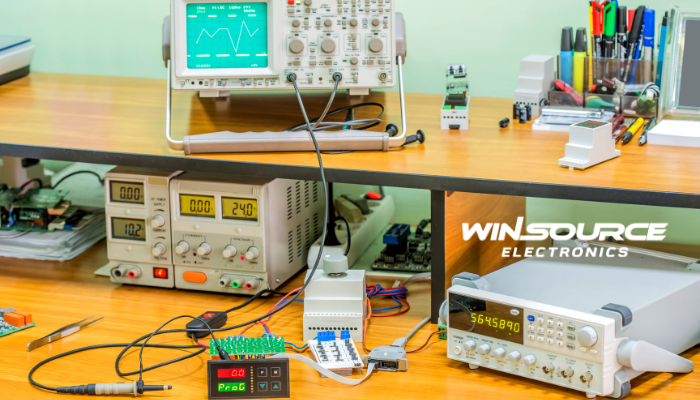
* Question
What Are the Main Types of Logic Analyzers Based on Their Analysis and Display Methods?
* Answer
Logic analyzers are indispensable tools for observing and decoding digital signals in embedded systems, communication interfaces, and electronic circuit debugging. Depending on their analysis and display methods, logic analyzers can be classified into two primary categories: Logic Timing Analyzers (LTA) and Logic State Analyzers (LSA). Although their internal architectures are quite similar, they differ significantly in how they capture, display, and interpret digital information.
Logic Timing Analyzer (LTA)
A Logic Timing Analyzer focuses on the time-domain characteristics of digital signals. It measures and displays waveforms against a time axis, helping engineers visualize how multiple signals change in relation to one another. This type of analyzer is especially useful for identifying timing violations, setup and hold time issues, clock skew, or signal integrity problems. By analyzing timing relationships, LTAs provide a clear picture of synchronization between system components—an essential aspect for high-speed or timing-sensitive designs.
Logic State Analyzer (LSA)
In contrast, a Logic State Analyzer captures data synchronized with the system’s clock or logic states. Instead of focusing on the precise timing of transitions, it records the logical values of signals at specific clock edges. This approach allows engineers to examine how the system behaves under real operational conditions, making LSAs particularly valuable for debugging microprocessor buses, state machines, or sequential logic circuits. By interpreting digital states rather than raw waveforms, LSAs reveal how information flows through a circuit.
Choosing the Right Analyzer
In practical debugging workflows, both analyzer types often complement each other. A timing analyzer helps pinpoint when events occur, while a state analyzer reveals why they occur from a logical standpoint. Selecting the appropriate tool depends on the test objective—signal timing validation or functional logic verification. For comprehensive analysis, many modern instruments integrate both timing and state capabilities within a single system.

COMMENTS